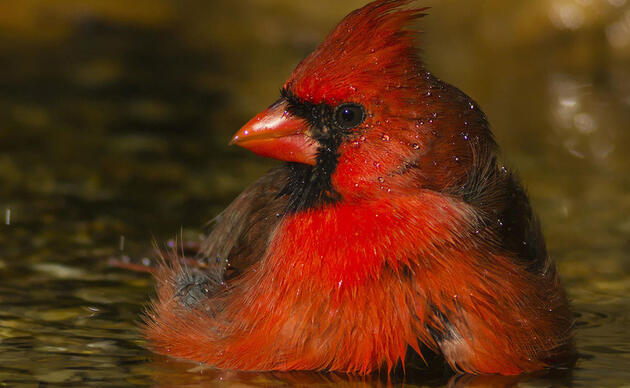A beautiful reminder of the importance of our coastal conservation work. This story was sent in by Paula Muellner, a field technician with the Audubon/Florida Park Service hybrid team in the Florida Panhandle:
On September 1, we went to Camp Helen State Park to conduct our weekly bird survey. Just like most days, we headed east on the beach and saw several different species of birds foraging at the Lake outfall. I set my scope up and scanned the area, and that’s when I saw it…that thing I don’t want to see but which I often encounter.
It was an anomalous movement in my periphery, something clearly out of sorts. In this case, it was a Snowy Plover, hopping along the mudflat on one leg. Not just any Snowy Plover, but a recently fledged chick that we banded a few weeks prior.
When I zoomed in to get a closer look I saw a light colored monofilament tangled around its left foot. It didn’t look good and we were nervous he would potentially lose its leg.
With a bit of creativity and a lot of patience, we were able to trap the bird and assess its injury. To our amazement, the monofilament was not a fishing line, in fact, it was a human hair! The hair, as strong as a wire, was twisted around its ankle and acted like a tourniquet around its toes. The tiny bird's foot was swollen and the skin was raw, but thankfully, nothing was broken.Slowly but surely my colleagues and I we were able to remove the hair and clean the wounds. We released it back where we found it and crossed our fingers that we would see it again. Weeks and weeks passed without seeing the bird and I optimistically hoped that the bird migrated to a different wintering site.
This past Thursday, we were at Topsail Hill State Park and saw a young Snowy Plover foraging in a dune pocket. We snapped a quick picture and zoomed in on its legs and that is when I saw the unique set of color bands. It was indeed the resilient fledgling from Camp Helen!
A big THANK YOU to all of our coastal volunteers, partners, and donors - without you, stories like this would not be possible!
By Jonathan Webber
Stay in Touch!
Show your love of birds today. Subscribe to receive email updates about Audubon's conservation work and hear about opportunities to help birds in your area or nationwide.




